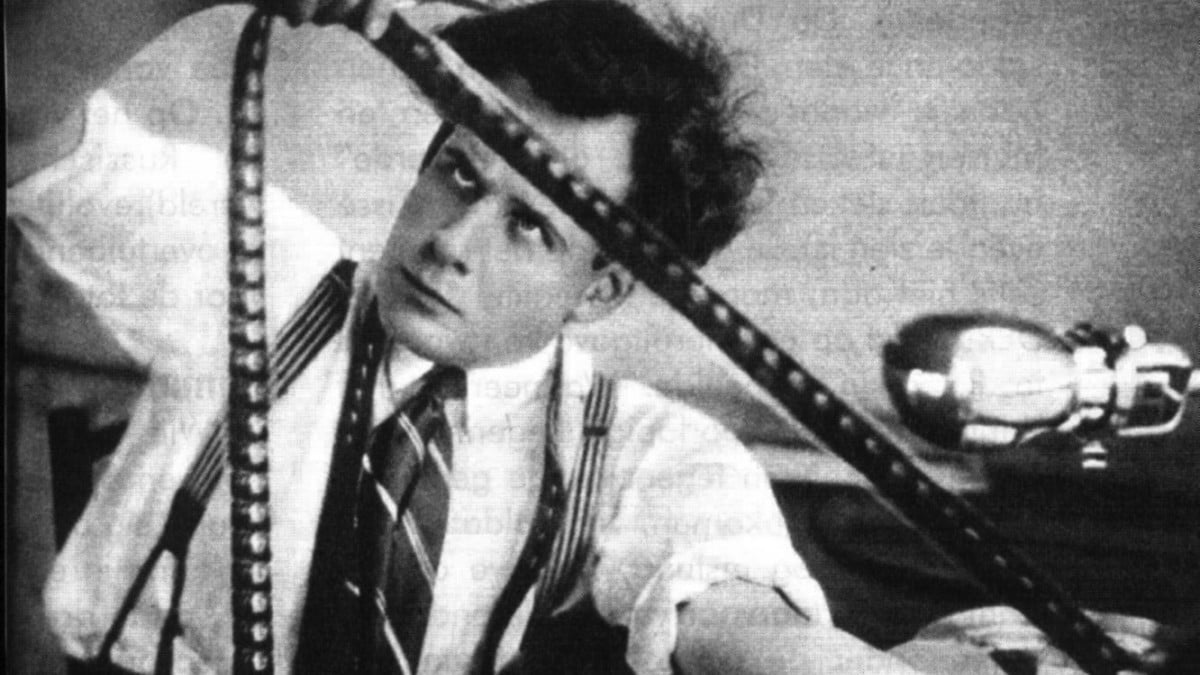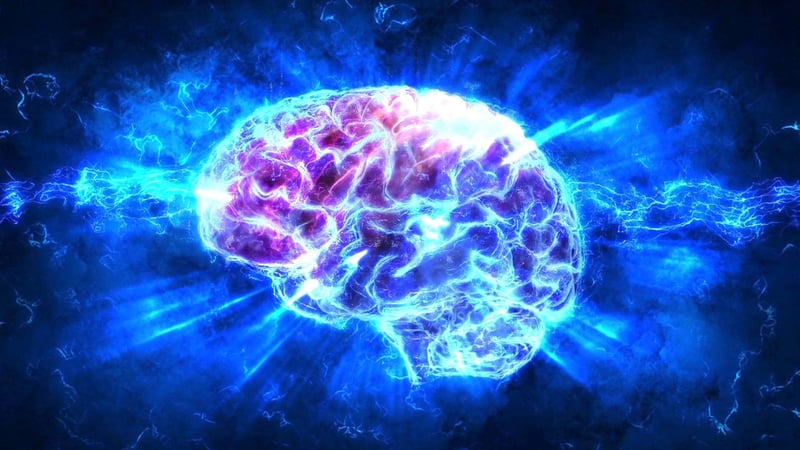"Of all the arts, the most important for us is the cinema"
- Vladimir Lenin
The leaders of the Russian Revolution were fascinated with the power of film as a propaganda and educational tool for a largely illiterate population. The reason for this was the medium’s ability to inspire emotion among groups of people. This nascent awareness of the emotional power of video (and willingness to use it) has grown into a fully-fledged video content marketing industry that helps organizations strategically engage with their global audiences.

Empathy
ˈɛmpəθi/
noun
“The ability to understand and share the feelings of another.”
Empathy is a key evolutionary skill. It’s fundamental to our ability to form cohesive social groups. It allowed our forebears to benefit from literally not having to fight sabre-toothed tigers alone. It allows us the same benefit, metaphorically speaking. When we see or hear about people experiencing specific emotions, we’ve evolved to feel those same emotions. For example, if we see someone who’s suffering from the cold, we feel a little of that suffering. This makes us more likely to offer them a jacket, blanket or space by the fire. These emotions assist the survival of the species, and are part of our intrinsic need to seek out shared experiences, understanding and companionship. These are fundamental to what makes us human.
The mechanics behind empathy have long baffled neuroscientists. To begin with, it was assumed that the emotion was as a result of a logical, mental process that allowed us to predict other people’s actions. Then, in the early 1990s, Italian researchers studying the brains of macaque monkeys made a breakthrough. They discovered that the same area of the brain lights up in monkeys that are just watching their fellow monkeys reaching for food, as in those who are actually doing the reaching.

This led to the discovery of the brain's ‘mirror neurons’. This profoundly changed our understanding of neurochemistry. These cells allow us to understand other people’s actions, not by thinking through what they are doing but by directly feeling the emotion that they are feeling. When you see someone frown, for example, your frowning mirror neurons fire up too, creating the sensation in your own mind that you associate with frowning. You don’t have to experience what the other person is experiencing to make them frown; you feel the emotion directly and effortlessly. That’s also why many of Red Bull’s extreme sport videos leave us feeling so exhilarated.
Professor Talma Hendler, a neuroscientist at Tel Aviv University in Israel, studied brain scans in order to understand the chemical basis for empathy. She found there are two types of empathy at work, which are illustrated by where they occur in the brain. The first and more advanced type is what she calls ‘mental empathy’. This requires the viewers to think outside themselves — to mentally put themselves in the other person’s shoes — and think about what they may be experiencing. The second is called ‘embodied empathy’. This is a more intuitive and primal empathy, which you might experience when watching someone get hurt.
 Natalie Portman in Black Swan
Natalie Portman in Black Swan
As part of her studies, Prof. Hendler showed Aaron Aronofsky’s film Black Swan to a number of subjects, while monitoring their brain activity. I watched this intense psychological thriller on a very bumpy flight in what was the most dramatic cinema experience of my entire life — but that's another story. As Natalie Portman’s character experiences hallucinations at the depths of her psychosis, the audience develops — temporarily — the same brain chemistry as a genuine schizophrenia sufferer. Watching a film of someone with a psychological illness effectively gives the audience the symptoms of a psychological illness.
This makes video an important tool for marketers. What better way of illustrating the refreshing nature of your beer than by transporting your audience to a hot desert and then showing some bottles sticking out of an ice bucket, complete with condensation? The advertisers are generating the perception of genuine thirst and potential refreshment for the audience. This fact explains the continued value of video as a tool to persuade and influence, and suggests video content marketing is here to stay.
“They may forget what you said — but they will never forget how you made them feel.”
Breast Cancer Now - Chantelle
Roche: LeanSixSigma — no matter the subject, animation is a great way of communicating information as it allows the addition of character and emotion effortlessly.
Anthropomorphic empathy
A strange quirk of this empathy is that we have a tendency to project emotions, motives and thoughts onto the characters that we’re watching. It doesn’t even need to be a real person in order to elicit this effect — to empathise with a character, we just need to be able to attribute what we perceive as human emotions and objectives to them. Once this has taken place, we immediately and unconsciously decide whether we a) like them, and b) can trust them. It’s this quirk that allows animation to work.
Whether we’re looking at a duck, a ball or a collection of pencil lines on the screen that make up a drawn character, the effect is the same. We do find it easier if the item has a semblance of a face. The more like us the characters are, the easier we find it to empathise with them. The concept and ridiculousness of this is brilliantly illustrated in Spike Jonze’s lamp ad.
Spike Jonze, The Lamp for Ikea
There are other things that a filmmaker can do to increase the amount we empathise with a subject. For example, we’re also programmed to empathise more with children or those with childlike characteristics. Characters that are small, have big eyes or have a cuddliness to them (i.e. that are cute) are more easily relatable. We feel more is at stake in their survival and so care more about their concerns. This is our base programming at work – human genes working to secure their own survival. Music also has the effect of increasing the level of empathy that viewers feel with characters, because it adds to the illusion of their own vitality and personality.
But video, and your video content marketing strategy, could simply be the finer details in a much larger campaign you’ve got in mind. As a full-service company, we offer a wide range of corporate video production services to make achieving your business goals through video that much easier. Now that you know why it works, it’s time to use it!Whatever you are trying to achieve with your video project, it really helps to start off on the right foot. You can make sure you do this by taking a quick look at our handy guide to writing effective briefs. You can download it here:
Contact Us




.svg)
